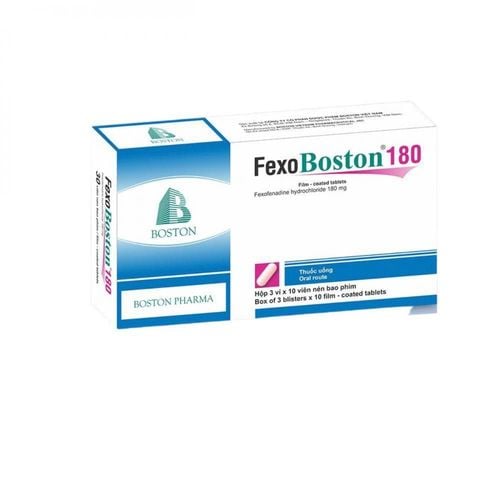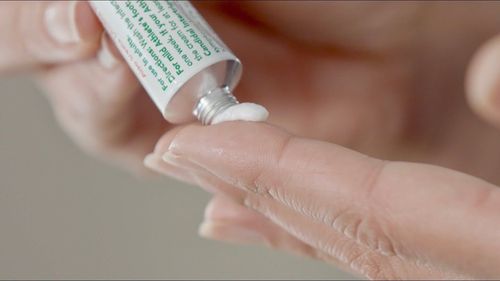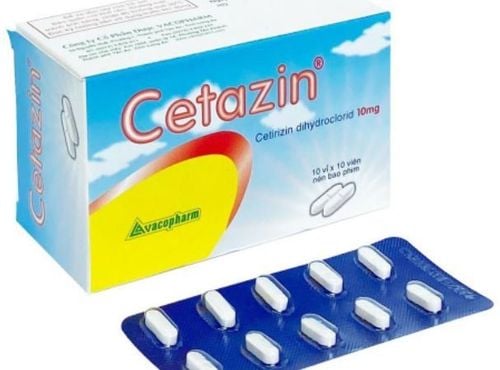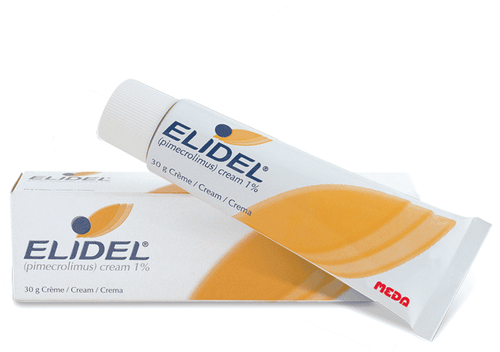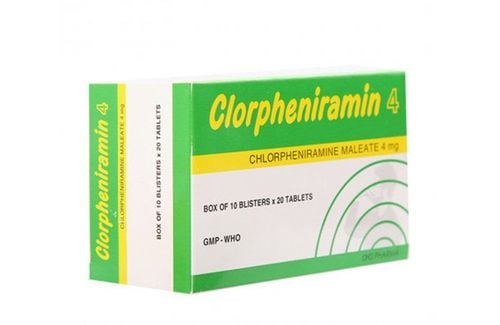This is an automatically translated article.
Urticaria is a common rash in people of all ages. The disease manifests as papules, erythematous or white patches, edematous areas, clearly delimited with many sizes and shapes, usually round, oval, grouped together into a multi-arc shape. Urticaria is easy to detect through clinical manifestations as well as tests, skin biopsies, skin tests...
1. Classification of urticaria
Acute urticaria usually has a onset of less than 6 weeks due to many different reasons such as:
Drugs: Some drugs can be the cause of allergic urticaria, angioedema such as penicillin antibiotics, drugs. pain reliever - NSAIDs (ibuprofen, aspirin...), ACE inhibitors can cause angioedema without urticaria.
Food: Some foods are common causes of urticaria, angioedema such as nuts, beans, milk, eggs, fish, chicken, cheese,... Food-mediated allergies IgE like peanuts, cashews, eggs, fish, molluscs...

Một số thực phẩm là nguyên nhân gây mày đay
Inhalation allergens include: House bugs, pollen, dog and cat hair, in addition to allergic tendons in the respiratory tract, can also be the cause of urticaria.
Infection: Acute viral infection causes urticaria, angioedema, especially in children.
The pathogenic mechanisms of acute urticaria are thought to be IgE-mediated (type 1) or complement (type 3)-mediated allergic reactions, and immune-mediated allergic reactions.
Chronic urticaria persists for more than 6 weeks, often with no known cause. In rare cases, patients with chronic urticaria can find the cause of the disease. The causative mechanism of chronic urticaria is that IgG autoantibodies or IgE autoantibodies bind with high affinity to the igE receptor on the surface of urticaria cells, causing the release of histamine.
Physical urticaria with mechanical urticaria manifests as raised skin, delayed urticaria due to pressure, urticaria due to vibration. Urticaria can be caused by temperature changes, by the sun ... causing the patient to have a rash, lumpy, itchy skin edema.
2. Diagnosis of acute urticaria
Patients with clinical signs of suspicion of urticaria will be assigned to perform necessary tests and paraclinical methods suitable to the condition to diagnose and conclude the disease accurately.
Routine tests are performed on the patient such as hemoglobin, blood speed measurement, urinalysis. Other methods include skin testing, skin biopsy of the urticaria area to test the most accurate diagnosis of the cause of urticaria.
In order to save time in diagnosis as well as using the correct method to diagnose acute urticaria, patients and doctors can deduce the cause of urticaria from clinical manifestations.
Accordingly, the patient has an itchy rash, a rash, swelling and swelling that appears quickly within 60 minutes after eating, changing diet, or eating uncooked food that can be inferred as an allergy cause. food, additives or food coloring.
Manifestations of urticaria appear after using new drugs, functional foods, may be caused by allergies to drugs, additives or food. Or just jogging, exposure to sunlight, cold heat, pressure or vibration can be the cause of physical urticaria...
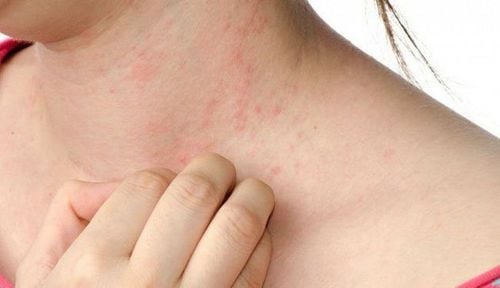
Biểu hiện mày đay xuất hiện sau khi sử dụng thuốc mới
3. Treatment of urticaria
For acute urticaria, the best treatment is to avoid the allergen as mentioned above. In addition to treating symptoms, patients should avoid drinking alcohol, avoid using common or serious medications such as aspirin and non-steroidal anti-inflammatory drugs (NSAIDs). The disease can be treated with an antihistamine prescribed by a doctor, treated with 1% menthol can effectively relieve itching.
In addition, the sick person should wear loose, comfortable clothes, avoid skin contact with clothes. In the event of urticaria occurring in the setting of anaphylaxis, adrenaline should be treated immediately and the patient should be taken to the nearest medical facility.
Please dial HOTLINE for more information or register for an appointment HERE. Download MyVinmec app to make appointments faster and to manage your bookings easily.




